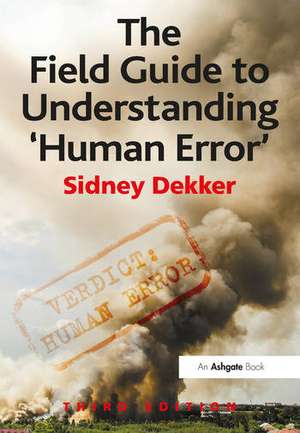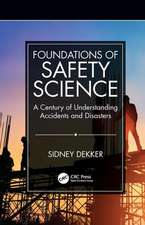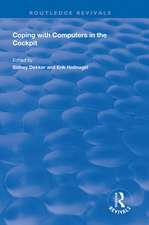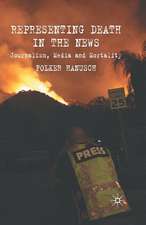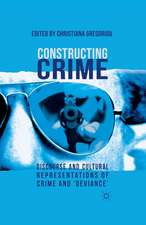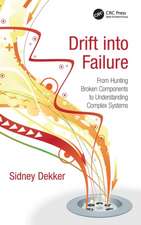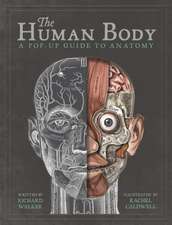The Field Guide to Understanding 'Human Error'
Autor Sidney Dekkeren Limba Engleză Paperback – 28 dec 2014
| Toate formatele și edițiile | Preț | Express |
|---|---|---|
| Paperback (1) | 244.95 lei 3-5 săpt. | +14.03 lei 6-10 zile |
| CRC Press – 28 dec 2014 | 244.95 lei 3-5 săpt. | +14.03 lei 6-10 zile |
| Hardback (1) | 680.73 lei 6-8 săpt. | |
| CRC Press – 28 noi 2014 | 680.73 lei 6-8 săpt. |
Preț: 244.95 lei
Nou
46.88€ • 50.90$ • 39.38£
Carte disponibilă
Livrare economică 02-16 aprilie
Livrare express 18-22 martie pentru 24.02 lei
Specificații
ISBN-10: 1472439058
Pagini: 248
Ilustrații: Includes 31 b&w illustrations
Dimensiuni: 152 x 229 x 17 mm
Greutate: 0.37 kg
Ediția:3 ed
Editura: CRC Press
Colecția CRC Press
Locul publicării:Boca Raton, United States
Public țintă
Academic and PostgraduateNotă biografică
Recenzii
Cuprins
Descriere
When faced with a ‘human error’ problem, you may be tempted to ask 'Why didn’t these people watch out better?' Or, 'How can I get my people more engaged in safety?' You might think you can solve your safety problems by telling your people to be more careful, by reprimanding the miscreants, by issuing a new rule or procedure and demanding compliance. These are all expressions of 'The Bad Apple Theory' where you believe your system is basically safe if it were not for those few unreliable people in it.
Building on its successful predecessors, the third edition of The Field Guide to Understanding ‘Human Error’ will help you understand a new way of dealing with a perceived 'human error' problem in your organization. It will help you trace how your organization juggles inherent trade-offs between safety and other pressures and expectations, suggesting that you are not the custodian of an already safe system. It will encourage you to start looking more closely at the performance that others may still call 'human error', allowing you to discover how your people create safety through practice, at all levels of your organization, mostly successfully, under the pressure of resource constraints and multiple conflicting goals.
The Field Guide to Understanding 'Human Error' will help you understand how to move beyond 'human error'; how to understand accidents; how to do better investigations; how to understand and improve your safety work. You will be invited to think creatively and differently about the safety issues you and your organization face. In each, you will find possibilities for a new language, for different concepts, and for new leverage points to influence your own thinking and practice, as well as that of your colleagues and organization.
If you are faced with a ‘human error’ problem, abandon the fallacy of a quick fix. Read this book.
